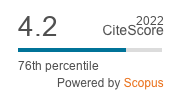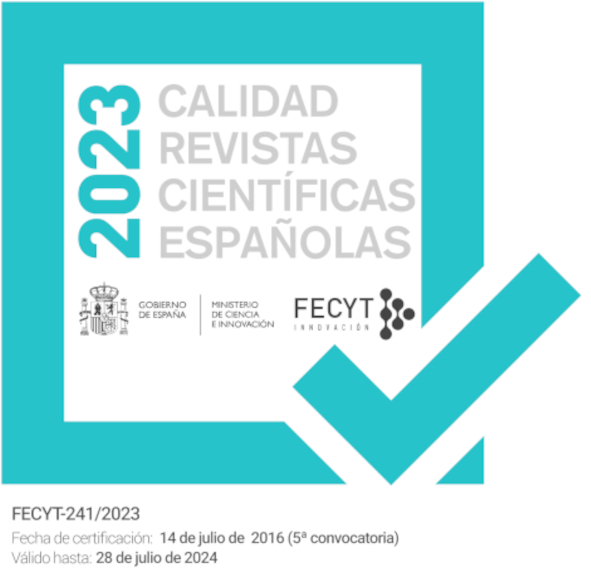Seasonal differencesin a small farmland abandoned catchment, Central Pyrenees
DOI:
https://doi.org/10.18172/cig.1205Abstract
This study shows that the relationships between rainfall and runoff at the event scale in a small farmland abandoned catchment are not linear and that the hydrological response is linked to the antecedent wetness conditions. Rainfall and baseflow discharge have a pronounce influence on the value of the runoff coefficient, while rainfall intensity affects the maximum discharge increment. Watertable data show high seasonal dynamics, with a dry period during summer, a wet period during winter and spring, and a transition period characterised by a high spatial variability. The analysis of the hydrological information at the event scale allows the distinction of three types of event, and reveals the occurrence of different runoff generation processes within the catchment. During dry conditions, the hydrological response is very low and infiltration excess over localised areas is ikely to be the main runoff process. As the catchment gets wetter, saturated excess runoff (and probably subsurface flow) becomes the dominant runoff process.Downloads
Download data is not yet available.
Downloads
Published
03-06-2013
How to Cite
1.
Lana-Renault N, Latron J, Regüés D, Serrano P, Nadal E. Seasonal differencesin a small farmland abandoned catchment, Central Pyrenees. CIG [Internet]. 2013 Jun. 3 [cited 2024 May 4];34:23-37. Available from: https://publicaciones.unirioja.es/ojs/index.php/cig/article/view/1205
Issue
Section
Articles
License
The authors retain copyright of articles and authorize Cuadernos de Investigación Geográfica / Geographical Research Letters the first publication. They are free to share and redistribute the article without obtaining permission from the publisher as long as they give appropriate credit to the editor and the journal.
Self-archiving is allowed too. In fact, it is recommendable to deposit a PDF version of the paper in academic and/or institutional repositories.
It is recommended to include the DOI number.
This journal is licensed under a Creative Commons Attribution 4.0 International License











